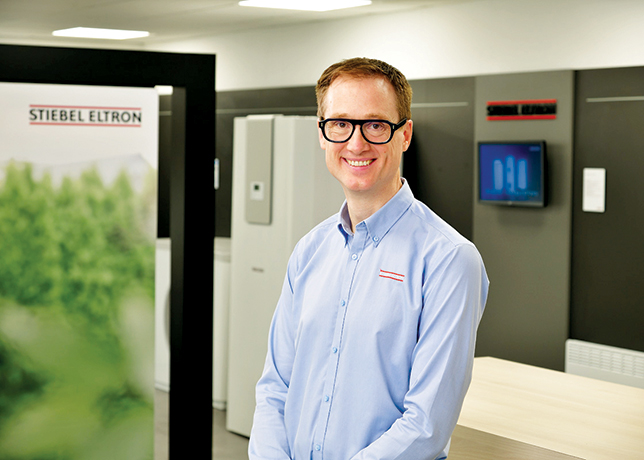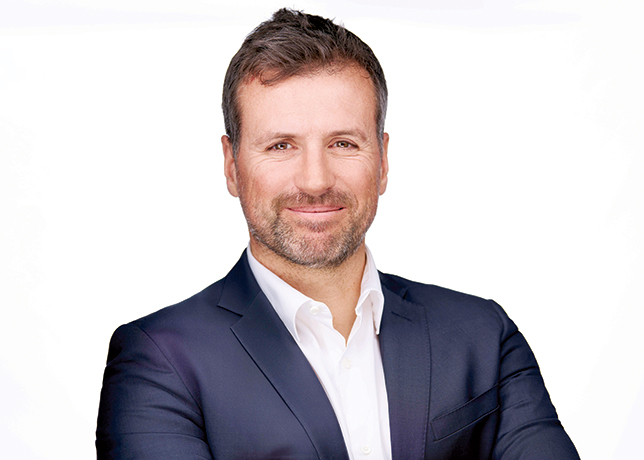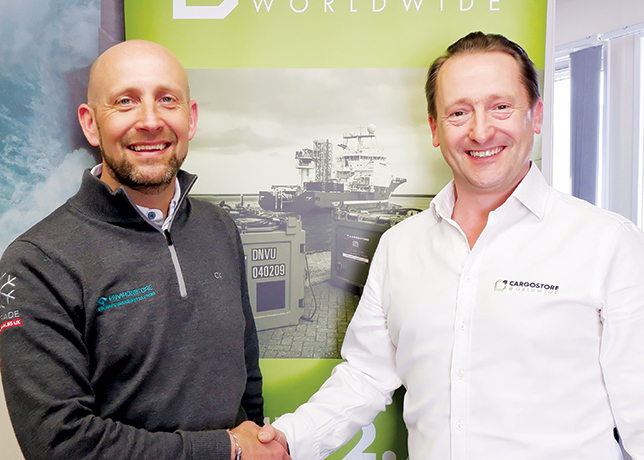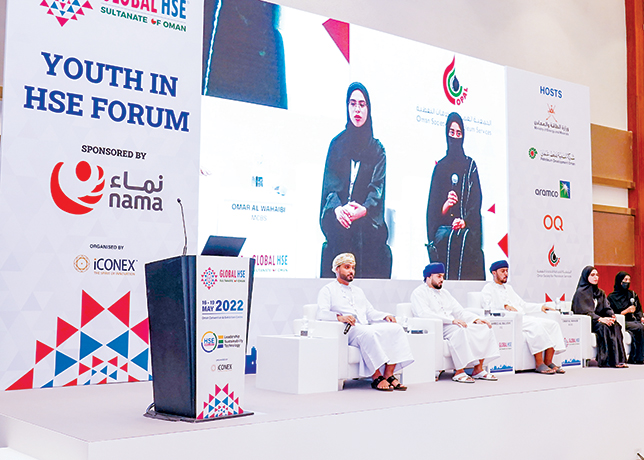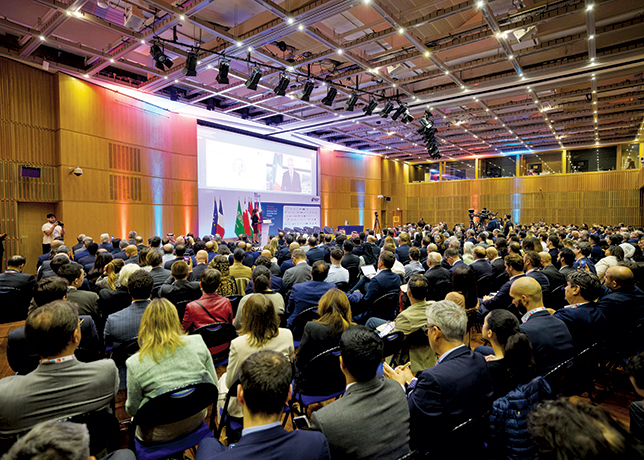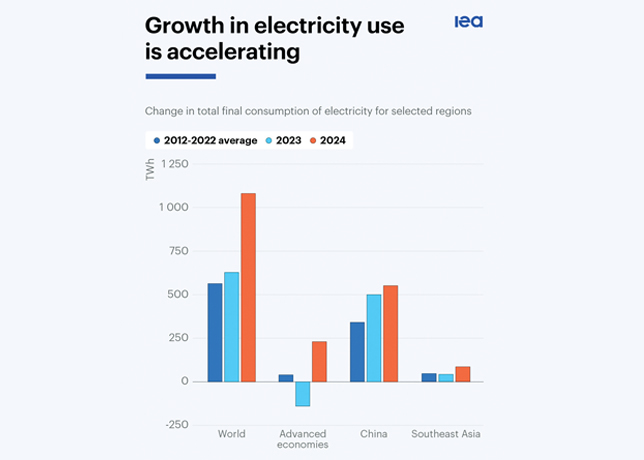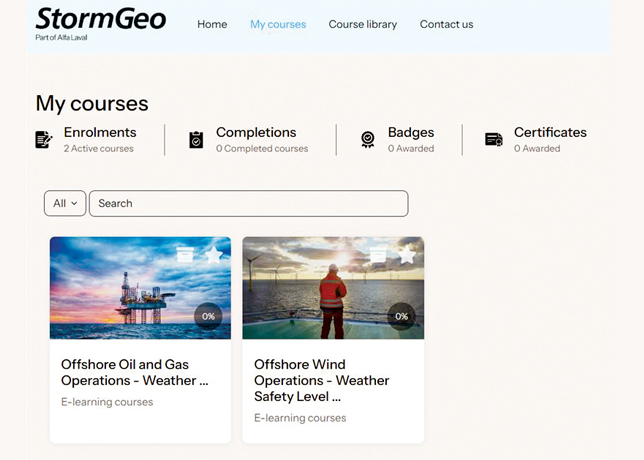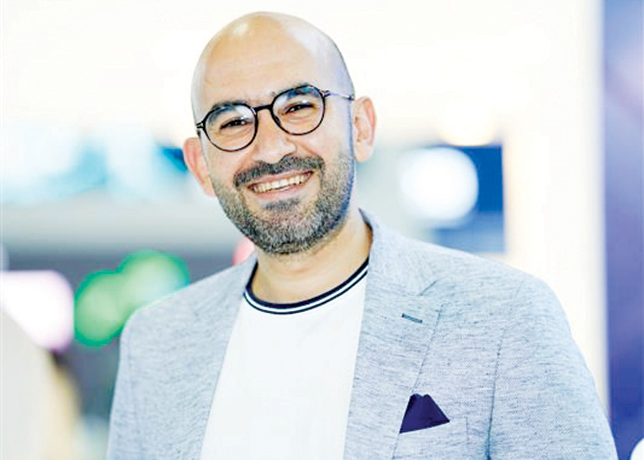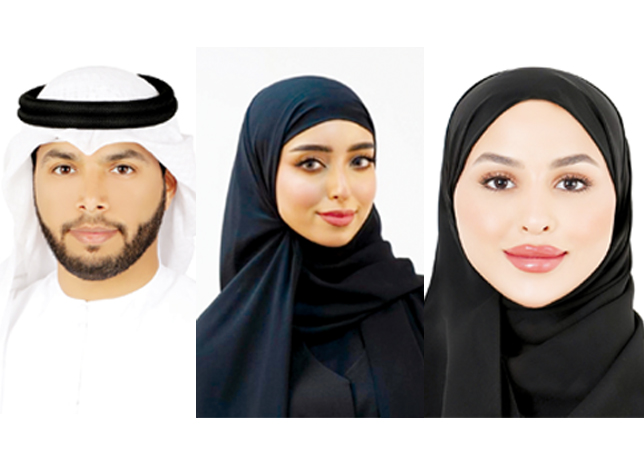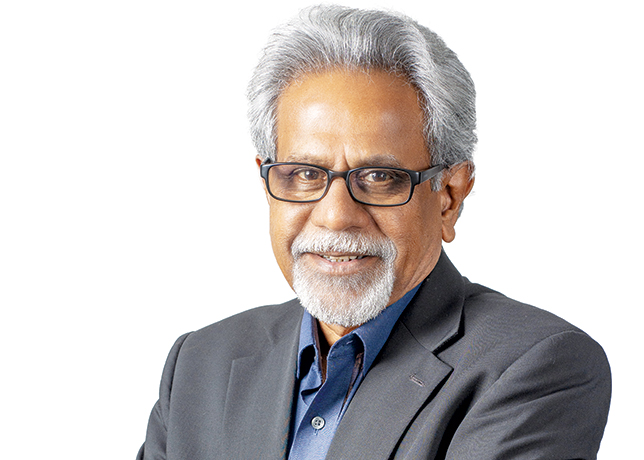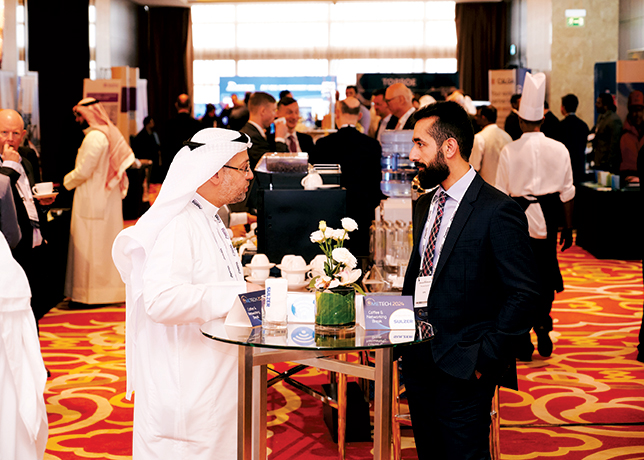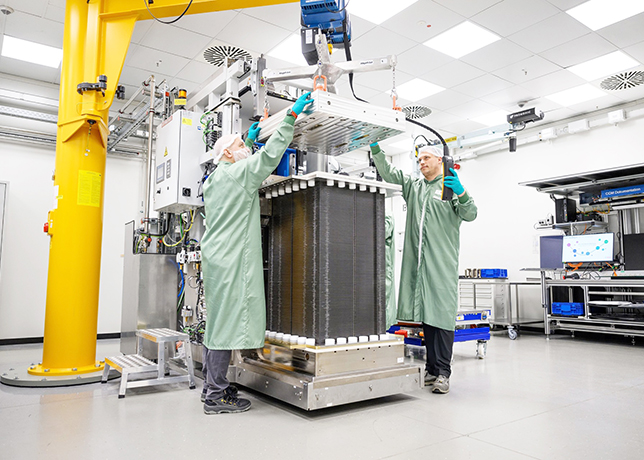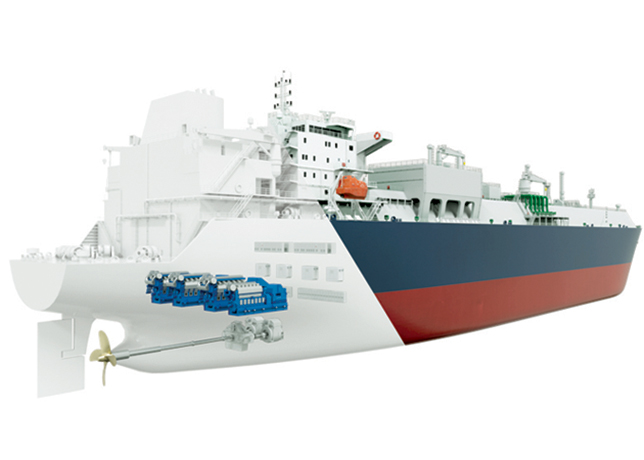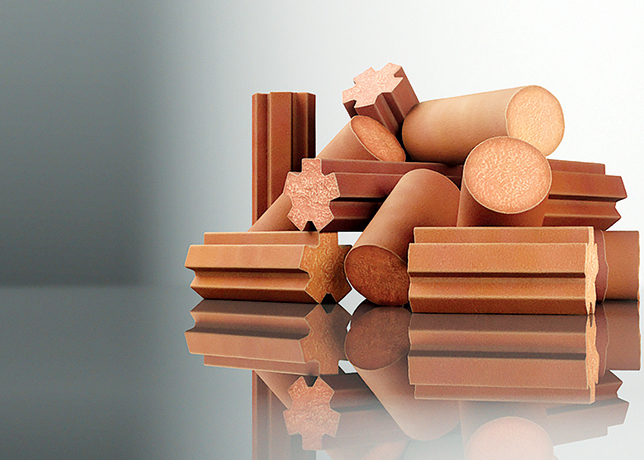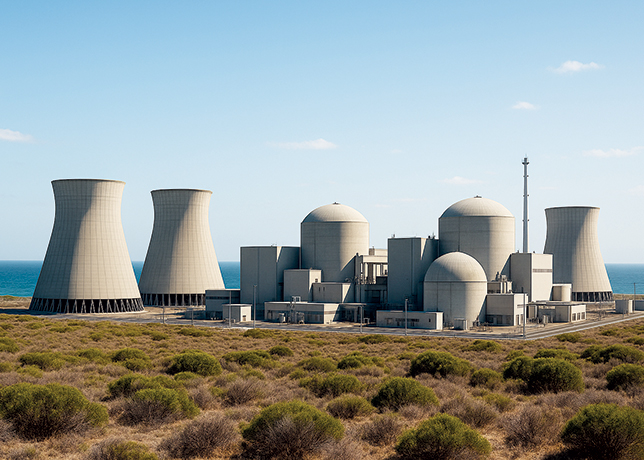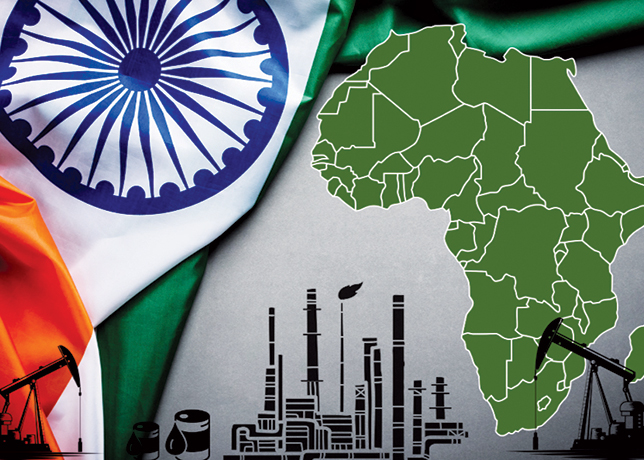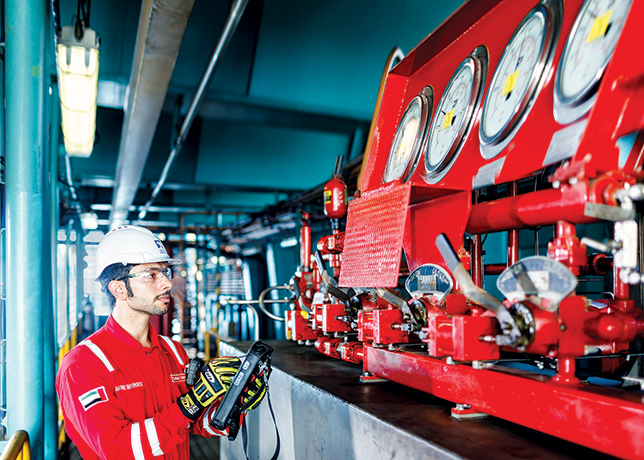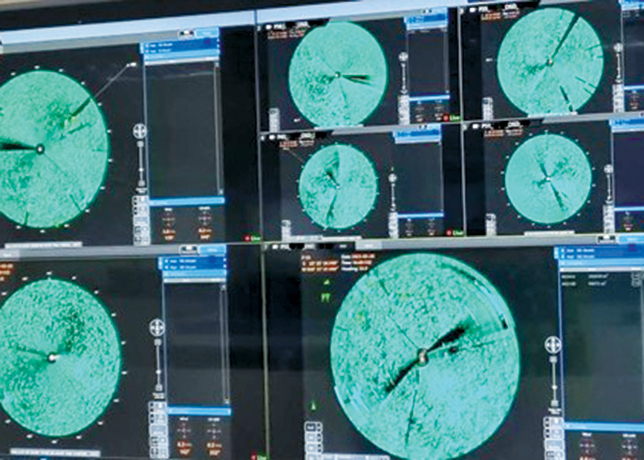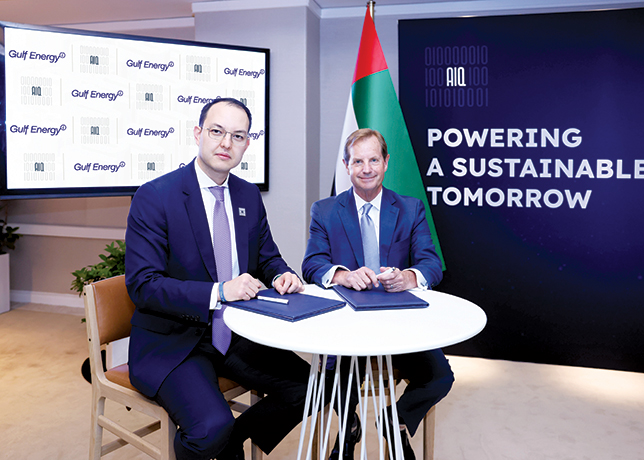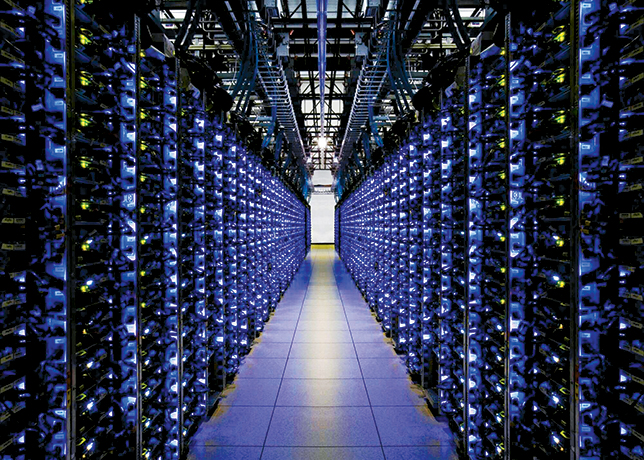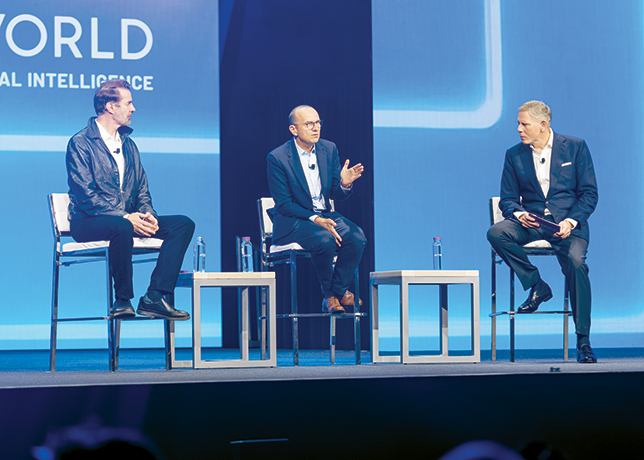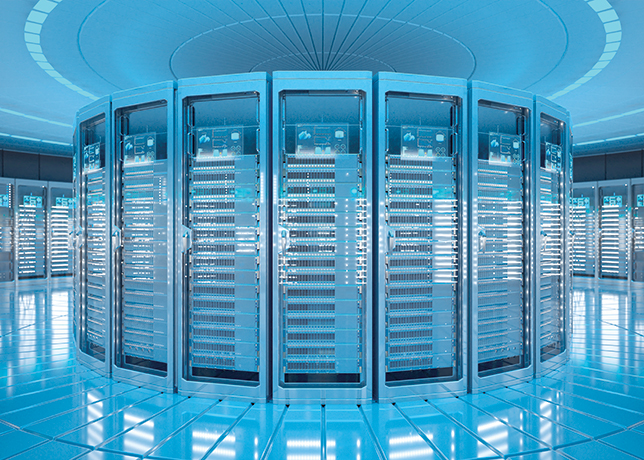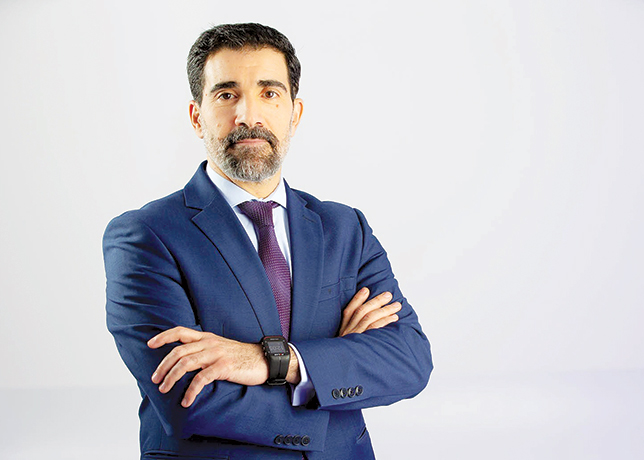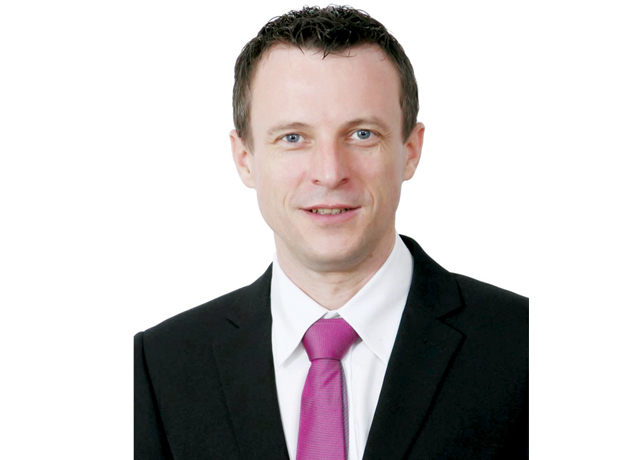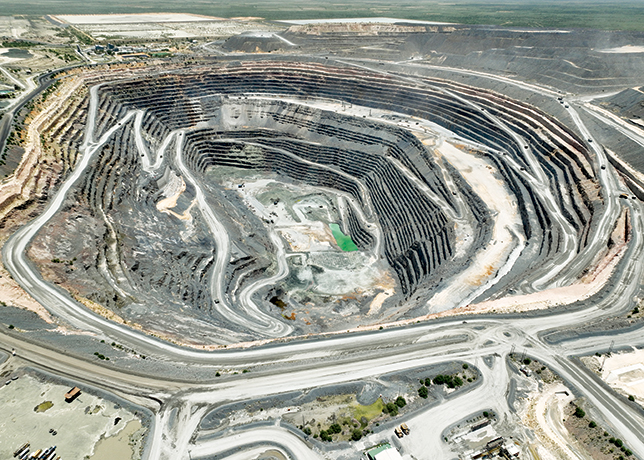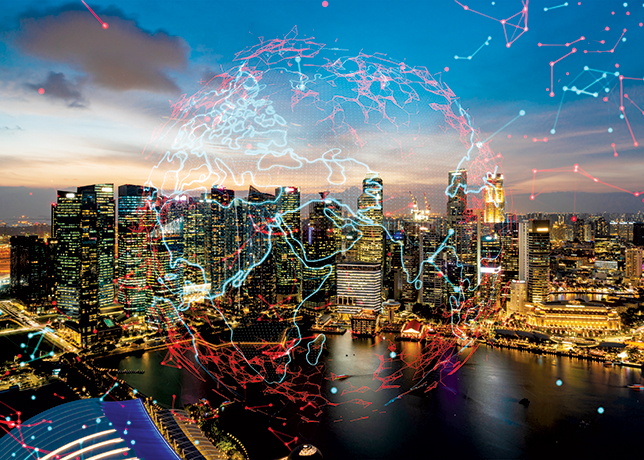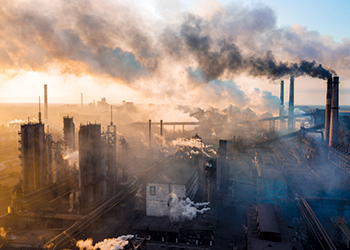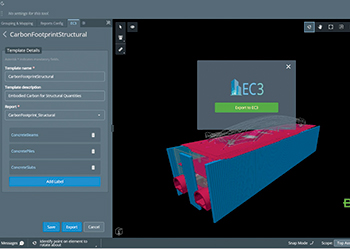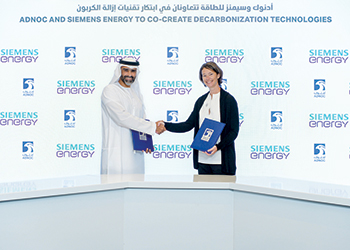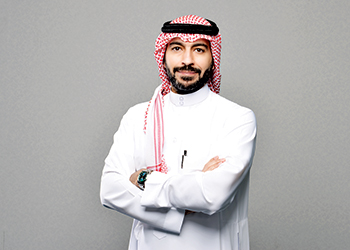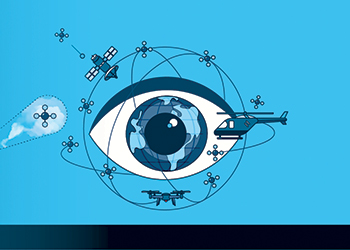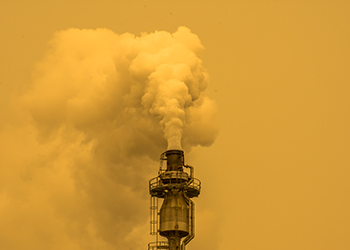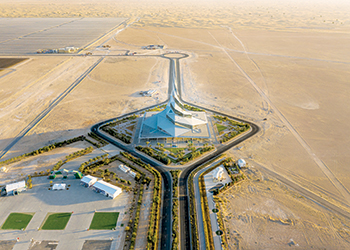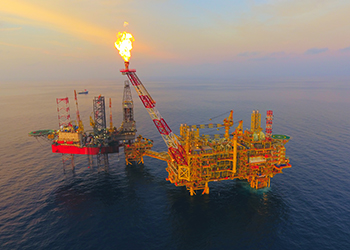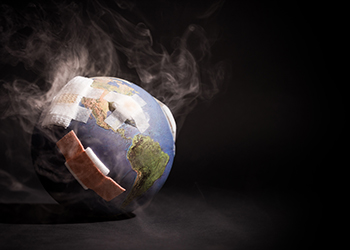
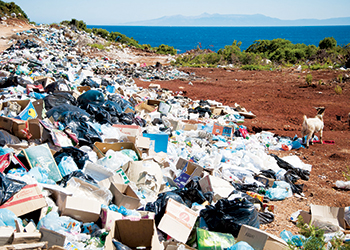 Smart choices could help reduce waste
Smart choices could help reduce waste
It is imperative that we develop circular value propositions for both business and the environment while balancing the benefits of all stakeholders instead of focusing on single customer needs, says a report
Sustainability is the new digital and it is questioning common nominators, learned business practices, and established routines and this time mankind and planet are at stake.
According to the 'Stepping into the circular economy with confidence' report by Indeed Innovation, finite resources and the climate crisis are very real issues. Sustainability is not just a shared responsibility; it is also a vital component of every company’s success. How to innovate is the first step; more and better is no longer sufficient; and regeneration is key.
CIRCULARITY ONLY PATH TO SUSTAINABILITY
Instead of concentrating on a single customer’s needs, there is the need to create circular value propositions that balance the bene-fits of all stakeholders for business and the environment.
Goods and services must be developed based on circular business models and provide compelling arguments for people to do so. And, therefore, creating a circular economy is necessary.
In the past 30 years, the world’s resource consumption has almost doubled. As a result, there has been a significant increase in e-waste.
According to recent estimates, the world discards around 50 million tonnes of electronic waste annually, which is more than all commercial airliners combined and only 20 per cent of which is formally recycled.
By far, Europe has the largest e-waste collection rate, accounting for 43 per cent of the global total with 16.2 kg e-waste generated per capita.
It is followed by Asia (12 per cent of global total), generating 5.6 kg per capita, while the Americas (9 per cent of global total) gener-ate 13.3 kg per capita. Additionally, almost 82.6 per cent of global e-waste is recycled informally in unorganized sectors.
This fastest-growing category of waste demonstrates clearly the unsustainable nature of traditional production and consumption practices.
There are various challenges, and aspects that need to be considered in an ideal scenario for a linear product to become circular.
To begin with, the world must become resource-efficient and cut net emissions of greenhouse gases to decouple economic growth from resource use and to leave no person and no place behind.
FROM LINEAR TO CIRCULAR
An economy that is circular differs fundamentally from one that is linear. Simply described, a linear economy is one in which busi-nesses mine raw resources, process them into a product, and then discard it after usage.
Companies that practice a circular economy closes the lifecycles of all these raw materials. In a circular economy, waste does not exist, and both products and raw materials are made to be reused repeatedly for as long as possible.
Informal disposal and the excessive increase of e-waste pose complicated issues even in nations with a functioning recycling in-frastructure.
The detrimental consequences in the west are masked by established infrastructure and policies. However, in less developed na-tions, the already challenging waste-management situation has been made worse by e-waste.
In a circular economy, waste is eliminated. It is a response to the traditional linear model’s ineffective resource management.
To ensure a planet in balance for future generations, the linear economy concept must be abandoned along with the correspond-ing maximum exploitation of used material resources.
However, a shift in the value system is necessary to implement the circular economy concept, including:
• Changes in organisations, society, and education.
• Technological advancements, new product designs, and improved business procedures (production, procurement, management, etc).
• Building a corresponding material infrastructure and institutional framework.
• Planning, putting into practice, and creating new business and market models.
• Creating mechanisms for the collection and management of waste that are effective and efficient
• The modification of consumer priorities and habits as well as the emergence of new behavioral patterns.
DESIGN CHALLENGE & BREAKING THE CONSUMPTION PATTERN
The main reason for replacing a device is that the old one broke. But this is immediately followed by the reason to buy a better de-vice, even though the old one still works.
The useful life is shortened as a result of technological advancements, new features, and expanded functions. Therefore, the chal-lenge is to alter consumers’ throw-away mentalities in addition to extending the life cycle of items.
Both can only be accomplished if consideration is given to the equipment’s longevity as well as its ability to replace parts, the ac-cessibility of spare parts, and its ability to be repaired.
The key to creating a circular economy that is resource-efficient is to provide durable consumer goods that are simple to recycle and repair.
Repairability and reusability are important components in the development of a circular model, according to the European Envi-ronment Agency (EEA), along with product design.
In other words, it is necessary to make purchasing durable goods more alluring. And manufacturers are rediscovering the potential of durable products and consumers, in turn, hesitate to chase after every trend.
Smart material choices and a clever design need to be embedded into a sustainable eco-system to develop their strength and beauty.
This eco-system allows the business to thrive and empowers the consumer to participate in the system change.



